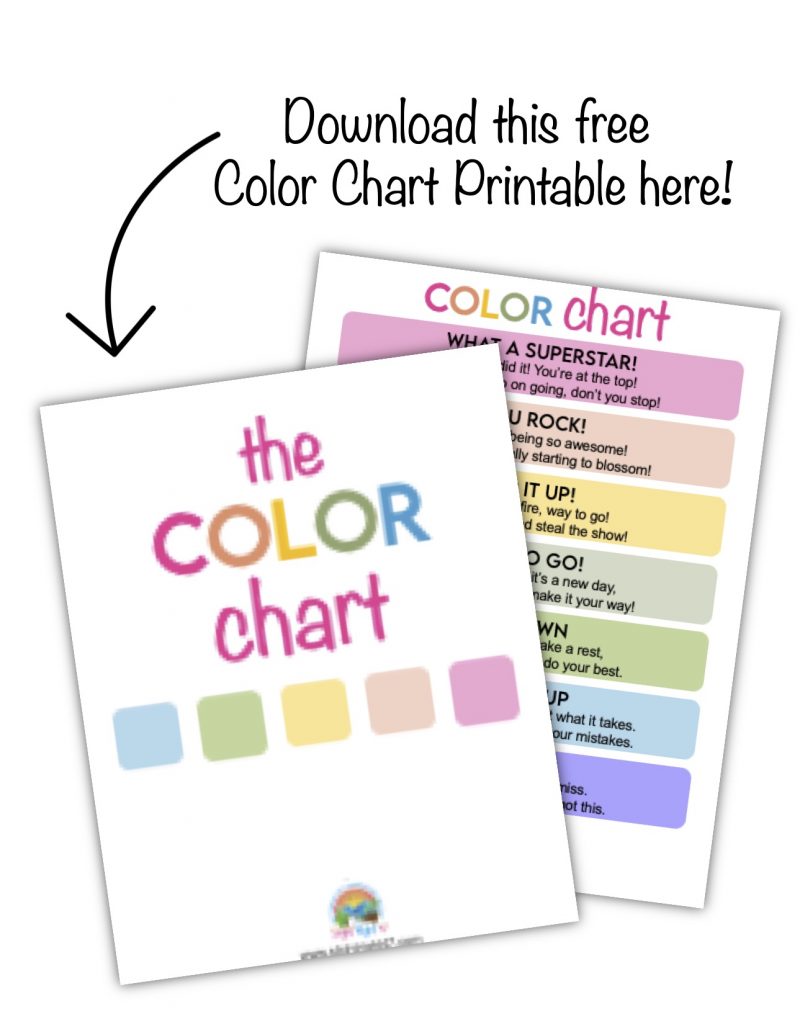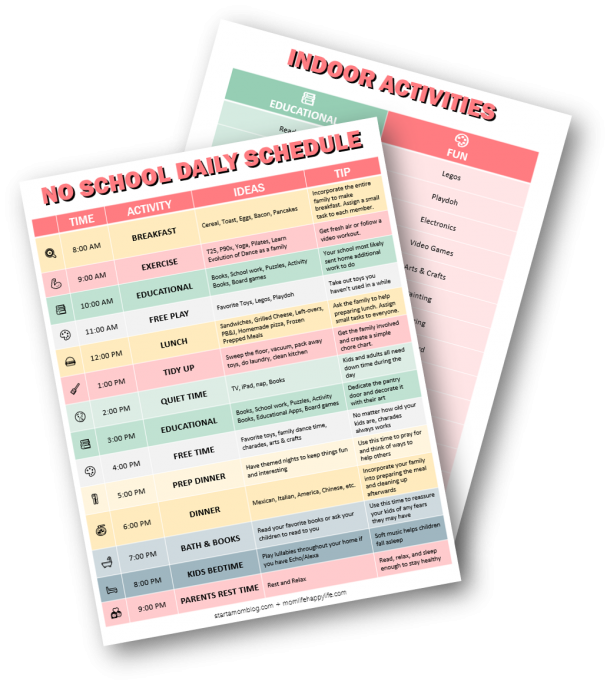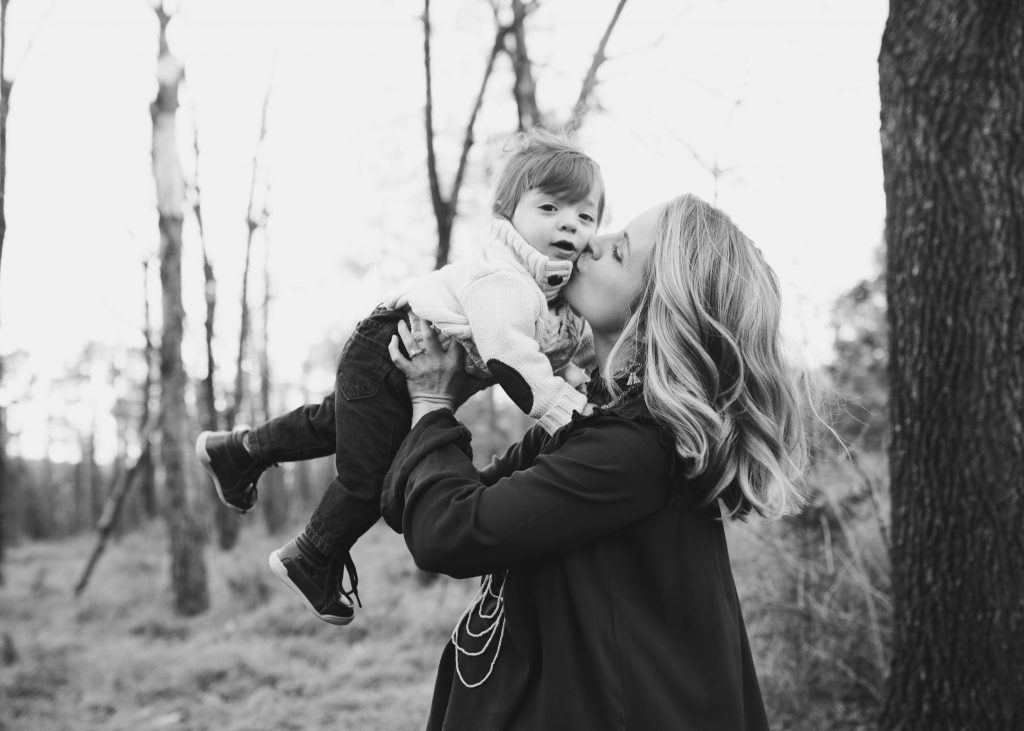
This Simple, Easy-to-Use Chart will Hold Your Kids Accountable!
I can’t believe I had never heard of this easy to use color chart to keep my children accountable for their own behavior! This literally changed the dynamics in our household almost immediately upon implementing this program. I’m excited to share with you all the details of how this can work for your family, too.
➡️ PRO TIP: Seriously, Momma….when I say simple and easy to use, your kiddos can even help you create this chart, which aids in their own investment to use it…and you’ll be on your way to a peaceful household with kiddos excelling at their own behavior accountability! #Winning!
Why Did I Start Using the Color Chart?
Having one child with ADHD and another with Dyslexia, the energy in our house is…well, let’s call it…intense. As my daughter’s neuropsychologist described it, my son is a Ferrari with no brakes and my daughter is a Ferrari with a flat tire. Both beautifully intelligent children with completely different energy and speeds causing much friction and frustration in our home.
So, how does one parent through this?! 🤷🏻♀️ Well, instead of escaping into my Airpods and cranking the 80’s metal or sneaking a martini in at breakfast (which, not gonna lie…that’s what I felt like doing!), I knew I had to dig my heels in and find something that changed this habitual dynamic between my children. Clearly, raising my voice and bribing my kids was not the key to success. After all, as Henry Ford so wisely said, “If you always do what you’ve always done, you’ll always get what you’ve always got.” Definition of insanity…and insanity doesn’t look good on me.
Okay – time for a change, kiddos!
How Does This Behavior Accountability Thing Work?
💡 Ahh, good question, Momma!
Our kiddos like to push boundaries and see much they can get away with. Or….is that just my kids?
When kiddos do not follow the rules or neglect their own responsibilities, consequences occur for their behavior. This is not different in the real world so learning to manage behavior early is best for healthy, functioning adults. Kids need clear expectations of what is expected of them and what the consequences will be, should they make a poor choice.
Without accountability, children justify their behavior by blaming others and refuse to follow the rules of the house. My kids excelled and finding a way out of owning up to their own behavior. “But, Moooooommmmm, she was in the way so it’s her fault I pushed her!” or “Moooommmm, he was singing a song he knows I hate so I smacked him.” (You can hear the whiny voice from your house, right? Can you also hear my eyeroll?? 🙄

Empowering children to take responsibility for their own accountability teaches them to self-modify their own behavior without needing your engagement. It’s quite magical, actually.
For example, if your household has a rule of no pushing (seems like a reasonable rule!), regardless of the situation…who started it, what was said, etc., there is a clear consequence. No discussion. No argument. Period.
Let’s Talk About Natural vs. Logical Consequences
Natural consequences occur without any action from you. If your child goes outside on a rainy day without his rain jacket, he’s going to get wet. If she stays up too late, she’ll be tired for school in the morning.
Logical consequences involve you. If your child calls his sister stupid and you have a rule that name-calling gets electronics taken away, your child will know the minute the word ‘stupid’ escaped his lips, his electronics will be under lock and key, no exceptions.
Now, it’s Your Turn to Be Accountable and Follow Through!
Having said all of this, follow through and consistency are key to ensuring your child clearly understands what to expect. If your child name calls his sisterand the consequence is only implemented part of the time, your child will not have clear expectations.
So, What About the Color Chart and How Does it Teach Behavior Accountability?
This awesome and super simple chart teaches kiddos to manage, regulate, and learn behavior accountability. What’s better than this?! 🥳 Each day, your child starts the day on green. If they make good choices, you will remind them to ‘color up’. On the contrary, if they make poor choices, they color down.
During the day, if they make it to the top of the chart, they get to collect pom poms. At the end of each day, if they end above green, they are able to collect additional pom poms. Fun times! If they end below green, there are consequences.

Kiddos don’t really like consequences so they work extra hard to not have to get one! Win, win! Here is the super, awesome, fun part! Once your kiddos have collected 50 pom poms, they can cash in for a reward! Some rewards can be worth 10 pom poms, others can be spendier like 150 or 200! You can have your kiddos make suggestions of what they’d like to see in the reward section of this program which adds even more interest and investment in this process!
Key Ingredient when Teaching Behavior Accountability

Empathy! That’s right, Momma. Even in those heated, tense, emotionally hijacked moments of your kiddos, we have to engage in offering up our empathy to them. We recognize they are angry or frustrated and it’s our job to stay calm and grounded. 🙇🏻♀️
“When little people are overwhelmed by big emotions, it’s our job to share our calm, not join in their chaos.”
L.R. Knost
So, tying in empathy to using the color chart goes like this…when you ask your child to color down, for a while, your child may try to whine, cry, or otherwise try to justify her behavior. They will be in a heightened emotional moment. Here is where I find it useful to ground myself and ensure I am mindful of my own capacity to be in this moment, and then address my child’s emotion and behavior. “I see you are so frustrated. I’m sad you chose to make that choice, also. Your screen time is removed because that is the consequence for name-calling.” Here are some tips on how to successfully emotion coach your child.
Eventually, with consistency, your child will learn that there is no negotiating after making a poor choice. A consequence is a consequence and that’s it.
This, while tough, is immensely important. Modeling behavior that shows regulation and logic in a time of difficulty teaches our children appropriate behavior and priceless skills in emotion regulation, something they will carry through the rest of their life.
During this transition time to implementing the chart, (or anytime, actually!)…don’t forget to take care of YOU! Here are 31 awesome ways to love yourself that include a free printable!💖
You’ve Got This, Momma!
I no longer feel I’m half bald from ripping my hair out, struggling with my kid’s behavior. The color chart puts the ownership on my kids and they’ve learned to modify and regulate their behavior becuase they don’t want a consequence and they enjoy going to bed on pink!
Head over to Slight Right 47 to download the complete e-book with full directions on how to put it together, required materials, rewards and consequence ideas, and how to implement the program.
I’d love to hear your feedback on how this worked for your family. You rock, Momma!





